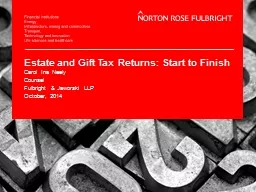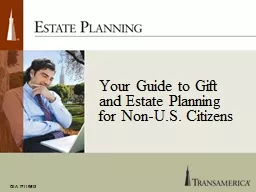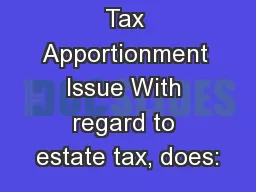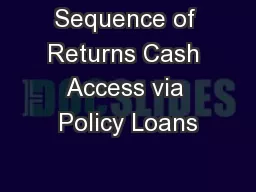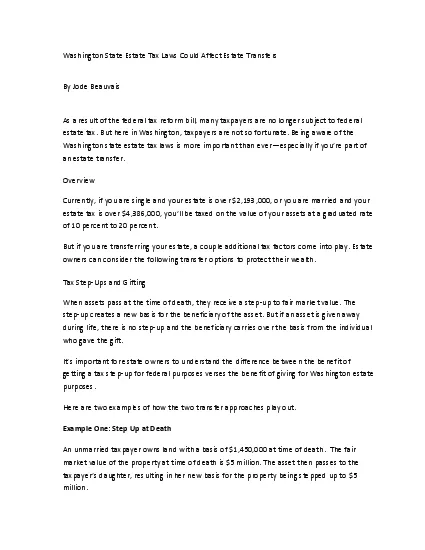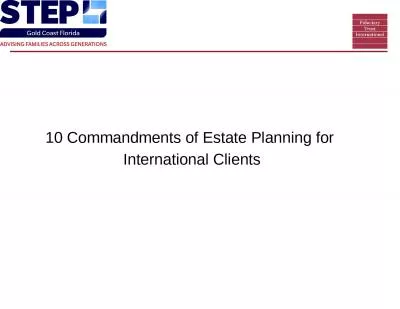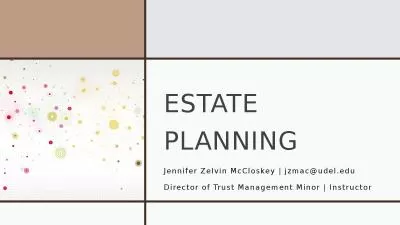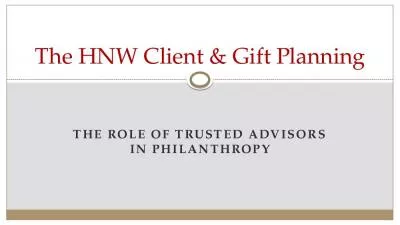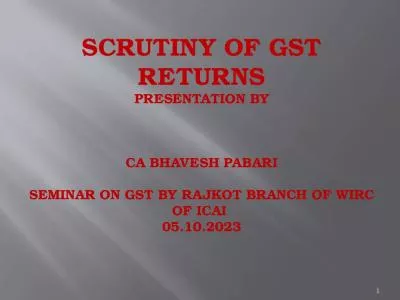PPT-Estate and Gift Tax Returns: Start to Finish
Author : conchita-marotz | Published Date : 2018-11-02
Carol Ina Neely Counsel Fulbright amp Jaworski LLP October 2014 Gift Tax Returns and Estate Tax Returns The purpose of this talk is to cover the basics of preparing
Presentation Embed Code
Download Presentation
Download Presentation The PPT/PDF document "Estate and Gift Tax Returns: Start to Fi..." is the property of its rightful owner. Permission is granted to download and print the materials on this website for personal, non-commercial use only, and to display it on your personal computer provided you do not modify the materials and that you retain all copyright notices contained in the materials. By downloading content from our website, you accept the terms of this agreement.
Estate and Gift Tax Returns: Start to Finish: Transcript
Download Rules Of Document
"Estate and Gift Tax Returns: Start to Finish"The content belongs to its owner. You may download and print it for personal use, without modification, and keep all copyright notices. By downloading, you agree to these terms.
Related Documents

